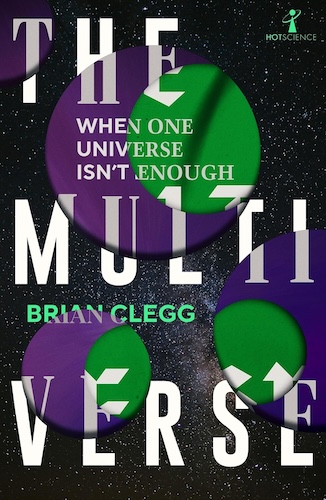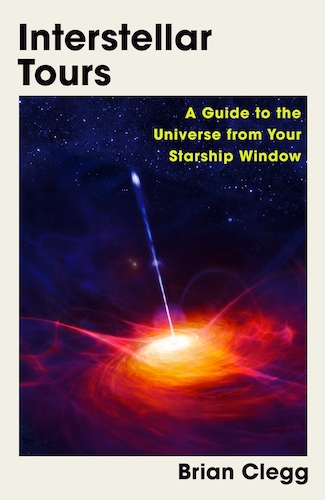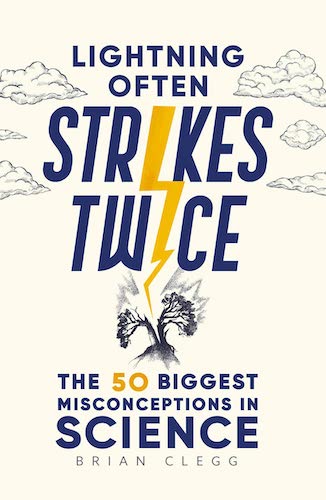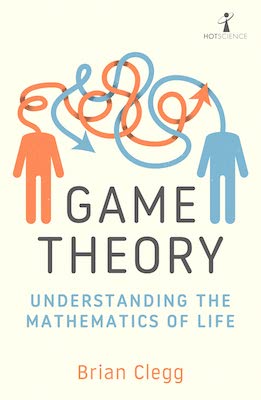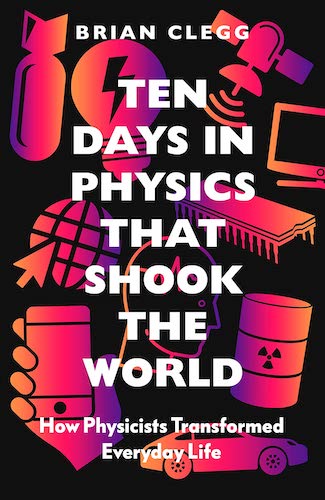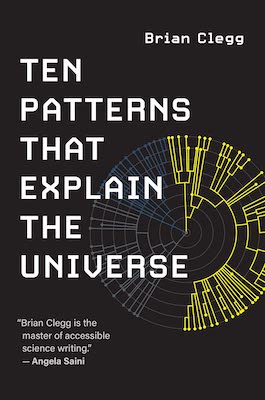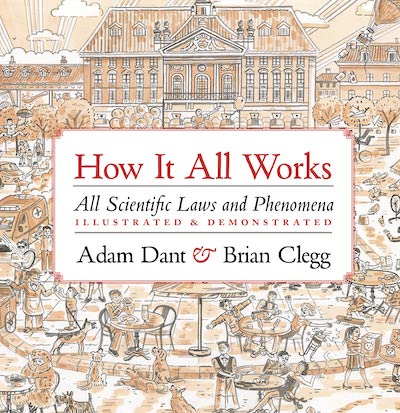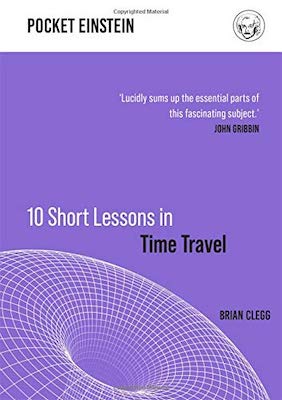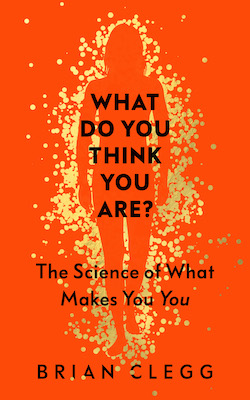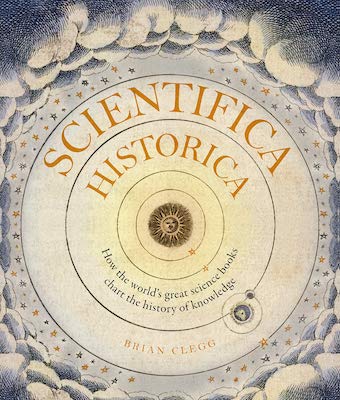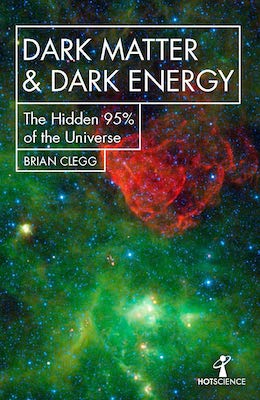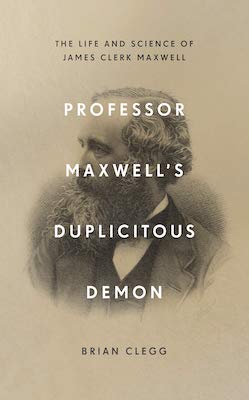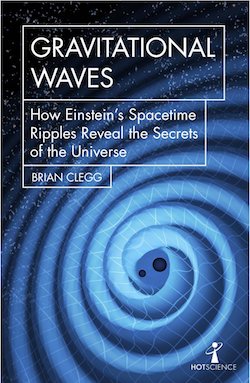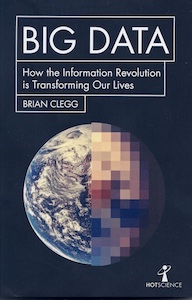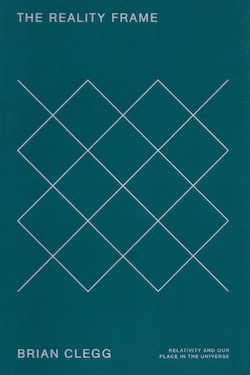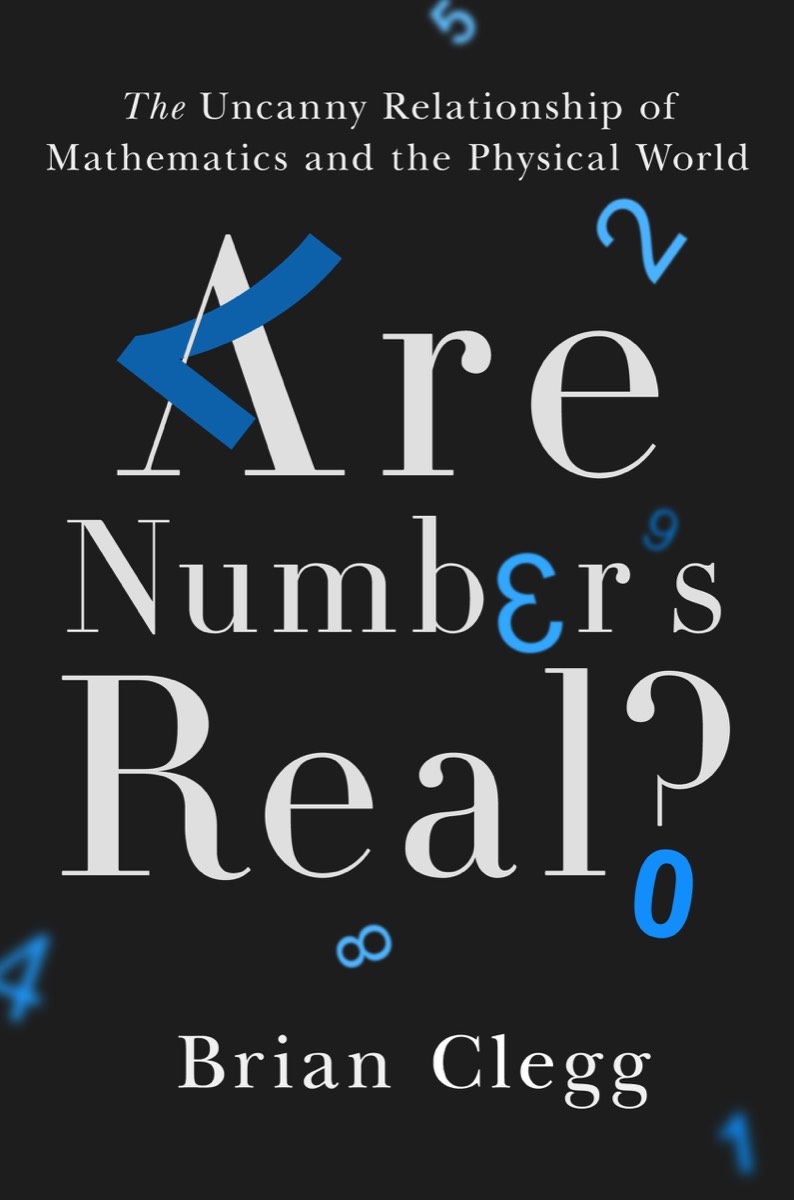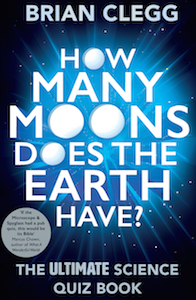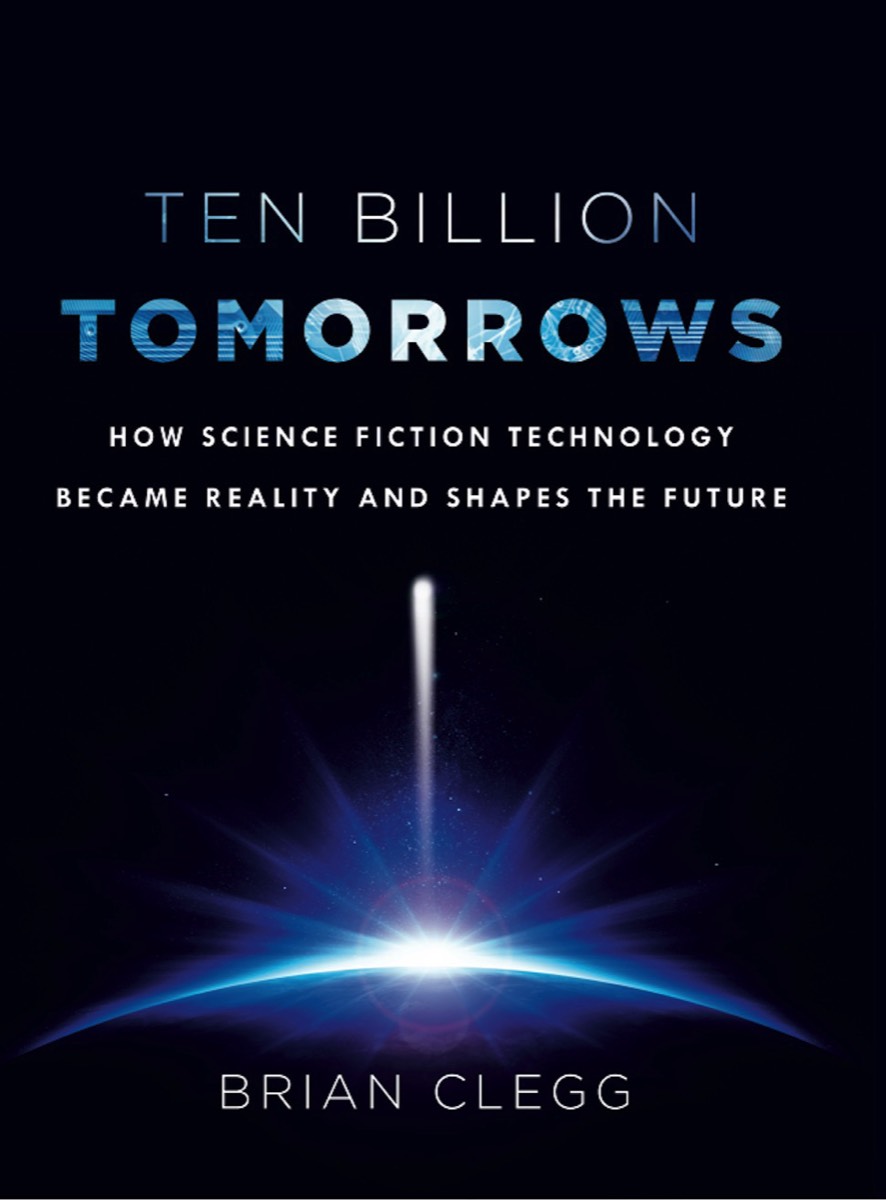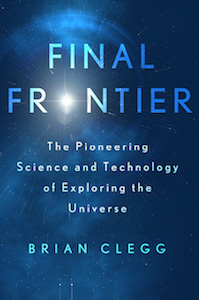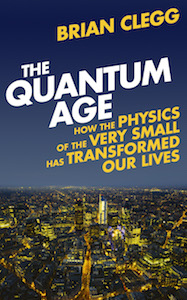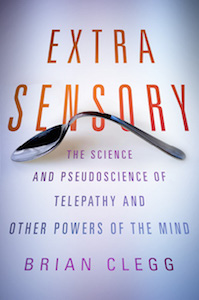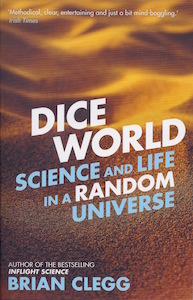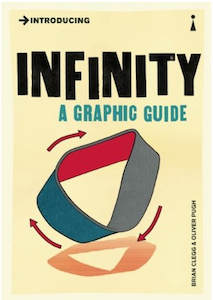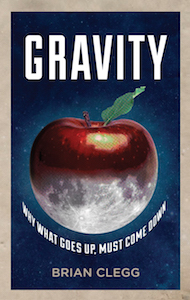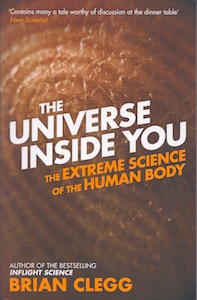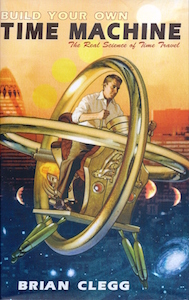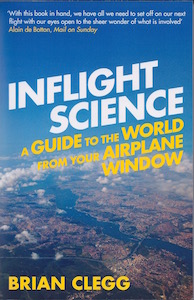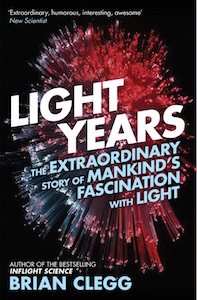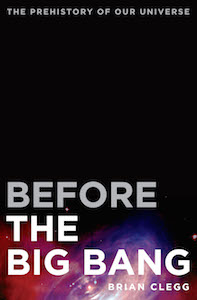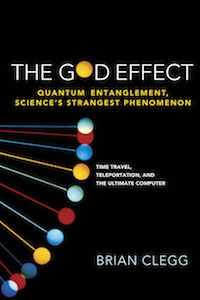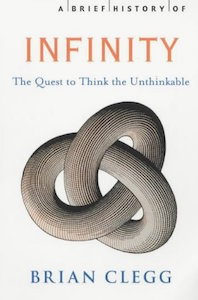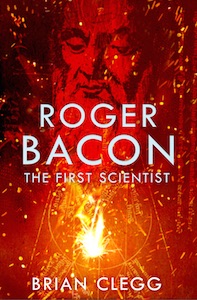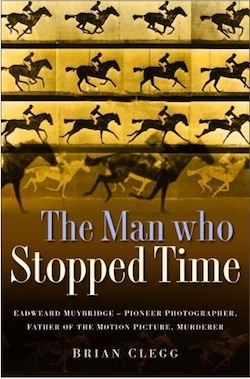
The Man Who Stopped Time
This is a book rich in historical context, yet accessible to a broad public
Brian Clegg
In Muybridge's work we see some of the first icons of the modern visual age. Men, women, boxers, wrestlers, racehorses, elephants and camels frozen in time, capturing in the act of moving, fighting, galloping - living.
Scarcely a day goes by without their use somewhere in today's media. And if most of us have seen Muybridge's distinctive stop motion photographs, all of us have seen the fruit of his extraordinary technological innovation: today's cinema and television.
But it is his personal life that possesses all the ingredients of a classic non-fiction bestseller: a passionately driven man struggling against the odds; dire treachery and shocking betrayal; a cast of larger-than-life characters set against a backdrop of San Francisco and the Far West in its most turbulent and dangerous era; a profusion of scientific and artistic advances and discoveries, one hotly following another; the nervous intensity of two spectacular courtroom dramas (one pitting Muybridge against one of the richest men in the land and staring ruin in the face, the other leaving him fighting for his life), And for the opening act, a foul murder on a dark and stormy night.
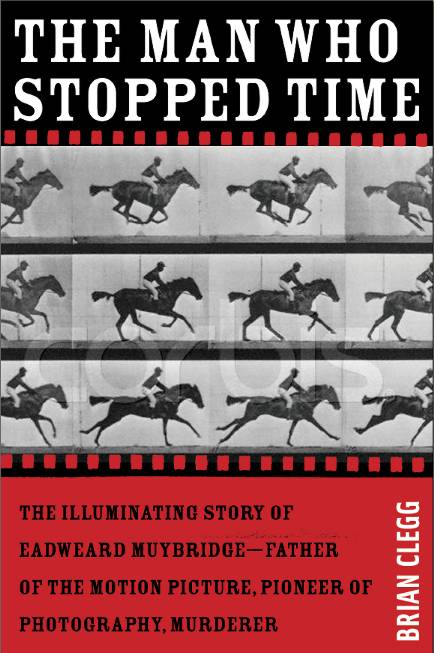
If you’d like a signed copy - it makes a great gift - purchase direct below when available. If you want a personalised inscription, just drop Brian an email at the same time with the details.
Hardback
Using these links earns us commission at no cost to you
Reviews
Listed as a "new and notable biography" Scientific American
It's not too farfetched to think of visionary photographer Eadward Muybridge as the George Lucas of his day. A bearded, imposing Englishman who emigrated to America in 1852, Muybridge was the first to break movement down into individual frames in his still-wondrous photos of human and animal locomotion; his zoopraxiscope, a forerunner to the modern projector, gave his images motion and electrified audiences on both continents. Oh, and he also shot his wife's lover to death in a jealous rage, but emerged relatively unscathed by the scandal. Though occasionally slowed down by techy asides, Brian Clegg's efficient biography The Man Who Stopped Time depicts a life ripe for a big-screen adaptation. Tim Purtell, Entertainment Week
Eadweard Muybridge (1830–1904) was one of the most extraordinary photographers working during the first decades of the medium, the mid- to late 19th century. A transitional figure, he bridged photography as it was practiced in its early years with the instantaneous photography and motion pictures we are familiar with today. His three primary achievements—photographing the Yosemite; producing stunningly detailed panoramic views of San Francisco; and inventing, perfecting, and pursuing one of the first successful efforts to document motion and create moving images—together with his tempestuous personal life (which included killing his wife's lover) make for fascinating reading. Popular science author Clegg (The God Effect; Infinity) has dug deep into archival sources and located comprehensive material to narrate Muybridge's personal and professional life. Library Journal
In The Man Who Stopped Time, Brian Clegg turns to the world of an adventurer, of a gifted innovator, and of a murderer. With an outstanding but never boring meticulousness, the author reports on Muybridge's relationships with prominent men of the time and on his murder trial. Muybridge's name has not attracted much attention in the history of photography. This exciting biography may change that. - Professor Günter Nimtz, University of Cologne
Eadweard Muybridge "stopped time," according to science journalist Clegg, by training a dozen cameras on a trotting horse, to show its movement as no painter ever had. While devising this system of sequential photography, Muybridge realized he could animate the horse's movements by reassembling the negatives. Having made his name as a pioneering photographer of Yosemite and Alaska, he made his historical mark by devising an innovative system of recording and showing motion pictures. Despite his flawed technology, it was Muybridge who opened the first movie house at the 1892 Chicago World's Fair, and his concept inspired the process used today. But Muybridge's engineering successes were tempered by tension in his personal relationships, Clegg shows. He alienated his patron Leland Stanford and spent years trying to drum up the massive financial backing he'd taken for granted. He also lived the second half of his life as a murderer, having shot his wife's lover, yet winning acquittal after arguing for his own insanity. Working with sometimes contradictory evidence like newspaper clippings, court records and personal letters, Clegg holds his readers' attention by filling in gaps in historical data with careful suppositions. - Publishers Weekly
Brian Clegg's able biography of Eadweard Muybridge is a joy to read. Clegg has mastered Muybridge's seminal contribution to the invention of the modern motion picture. This is a book rich in historical context, yet accessible to a broad public. Mark Frazier Lloyd, Director, University Archives and Records Center, University of Pennsylvania
Links to purchase books earn us commission at no cost to you

